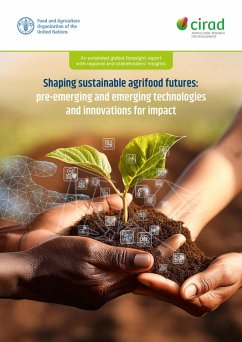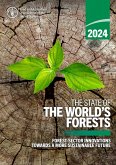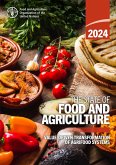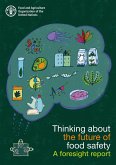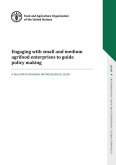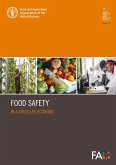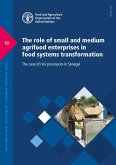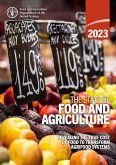FAO's Office of Innovation is working with CIRAD (International Cooperation Centre of Agricultural Research for Development) and other partners on an FAO initiative on foresight on pre-emerging and emerging agrifood technologies and innovations, aligned with UN 2.0 and The Future of Food and Agriculture 2022: engaging all key actors of agrifood innovation systems in the foresight on pre-emerging and emerging technologies and innovations (PETIAS) to better prepare for alternative futures, feeding it into anticipatory action, and convening the global community for constructive multilateral dialogue and knowledge exchange. The aim is to support policymakers, investors and innovation actors in their approaches and decision making.The study assesses a selection of technologies and innovations, which potentially could be of paramount importance in addressing agrifood challenges until 2050, as well as the most important trends and drivers that will influence the emergence of agrifood PETIAS and their triggers of change, including some regional aspects and stakeholders' perspectives. The goal is also to build plausible future scenarios for the evolvement of the PETIAS and innovation process governance in the future with the time horizon of 2050 to inform future-oriented policymaking.The report is built with inputs from a multistakeholder Delphi survey, online and in presence workshops with experts and stakeholders, the FAO FSN Forum, as well as regional foresight exercises (Latin America and Central Asia and Caucasus).
Dieser Download kann aus rechtlichen Gründen nur mit Rechnungsadresse in A, B, CY, CZ, D, DK, EW, E, FIN, F, GR, H, IRL, I, LT, L, LR, M, NL, PL, P, R, S, SLO, SK ausgeliefert werden.

